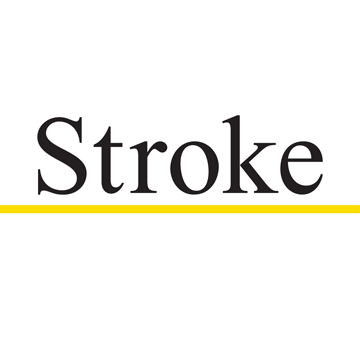Key Takeaways from the 2018 AHA/ASA Acute Ischemic Stroke Guidelines
Key findings
- The 2018 AHA/ASA Guidelines for the Early Management of Patients With Acute Ischemic Stroke (AIS) feature protocols of stroke care in pre- and in-hospital settings
- Mass General's Thabele Leslie-Mazwi, MD, was one of the authors of the new guidelines
- This article summarizes several of the key takeaways from these new guidelines
The 2018 AHA/ASA Guidelines for the Early Management of Patients With Acute Ischemic Stroke (AIS) feature protocols of stroke care, including intravenous and intra-arterial therapies, in pre- and in-hospital settings. Thabele Leslie-Mazwi, MD, specialist in Neuroendovascular and Neurocritical Care at Mass General, was one of the authors of the new guidelines. last updated in 2013, which notably expand the window on when thrombectomies can be performed.
Subscribe to the latest updates from Cardiovascular Advances in Motion
The following are several of the key takeaways for what constitute new recommendations around treatment and overall management of patients presenting with AIS.
- The primary and secondary goals of patient care are to achieve door-to-needle (DTN) times within 60 and 45 minutes in ≥50% of patients with AIS who are treated with IV alteplase. Neither multimodal CT and MRI (including perfusion imaging) or consideration of endovascular treatment should delay IV alteplase administration.
- Telestroke/teleradiology evaluations of AIS patients can be as effective for IV alteplase (or acute mechanical thrombectomy transfer) eligibility decision-making as those at stroke centers. Administration of IV alteplase guided by telestroke consultation for patients with AIS can also be as safe. Such decisions should be guided by FDA information on teleradiology systems that support rapid imaging interpretation in time for IV alteplase administration decision-making.
- Stroke care facilities should ensure brain-imaging studies can be performed within 20 minutes of arrival in the ED in at least 50% of patients who may be candidates for IV alteplase and/or mechanical thrombectomy.
- Mechanical thrombectomy should be offered to all eligible patients within 6-24 hours of last known normal. Within 6 to 16 hours of last known normal, mechanical thrombectomy is recommended for AIS patients who have large vessel occlusion in the anterior circulation and meet other DAWN or DEFUSE 3 eligibility criteria. Within 16 to 24 hours, mechanical thrombectomy is encouraged should AIS patients meet DAWN eligibility criteria. As part of adherence to either DAWN or DEFUSE 3 criteria or clinical trial protocols, computed tomographic perfusion, DW-MRI, or MRI perfusion can aid in patient selection for mechanical thrombectomy.
- For patients who otherwise meet criteria for endovascular therapy, a non-invasive intracranial vascular study is recommended during the initial imaging evaluation of the acute stroke patient, although it should not delay IV alteplase. All patients eligible for IV alteplase should receive it.
- For IV alteplase eligible-patients with mild stroke or those who have previously demonstrated a small number (1–10) of cerebral microbleeds on MRI who are presenting in the 3- to 4.5-hour window, administration of IV alteplase may be reasonable, although treatment risks should be weighed against possible benefits.
- For patients with minor neurological impairment and no major intracranial occlusion, alternative treatments to alteplase could include tenecteplase administered as a 0.4-mg/kg single IV bolus, which is equivalent but not superior to alteplase.
- For patients with non-disabling (Modified Rankin (mRS) score 0–2) AIS in the carotid territory who are candidates for carotid endarterectomy or stenting, non-invasive imaging of the cervical vessels should be performed within 24 hours of admission.
- For patients with minor, non-disabling stroke (mRS score 0–2), between two and seven days of an index event, rather than delay treatment, it is reasonable to perform carotid revascularization for secondary prevention assuming there are no contraindications for this action.
- In patients presenting with minor stroke, treatment for 21 days with dual antiplatelet therapy (aspirin and clopidogrel), if started within 24 hours, can be beneficial for early secondary stroke prevention for a period of up to 90 days from symptom onset.
- Ticagrelor is not recommended over aspirin in the acute treatment of patients with minor stroke.
- Patients with large territorial supratentorial infarctions are at high-risk for complicating brain edema and increased intracranial pressure and, as such, discussion of care options and possible outcomes should take place quickly with patients and caregivers.
